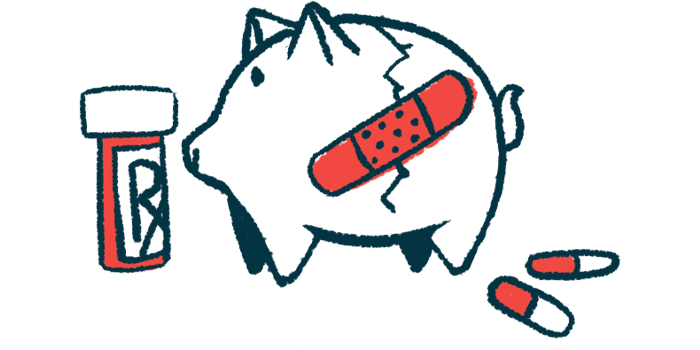Fewer hospitalizations seen in HAE patients using Orladeyo: US study
Healthcare claims data show lesser need to treat disease-related issues

Treatment with oral Orladeyo (berotralstat) led to significantly fewer disease-related or all-cause hospitalizations and emergency room visits by people with hereditary angioedema (HAE) in the U.S., according to a real-world claims analysis.
“The data presented here represent the first documentation that prescribing Orladeyo significantly reduces healthcare resource utilization,” Sandra Christiansen, MD, a professor of medicine and director of translational research at the U.S. HAEA Angioedema Center at the University of California, San Diego, said in a press release.
“This outcome provides a compelling argument that Orladeyo, which is known to be effective in reducing HAE morbidity, is also a cost-effective strategy for patient management,” Christiansen said, adding that “this study represents an important step towards the goal of a normal life for patients with HAE.”
52% drop in hospitalizations seen with Orladeyo as preventive treatment
Results of the study, sponsored by BioCryst, the company marketing the therapy, were presented as a poster at the 2024 International Society for Pharmacoeconomics and Outcomes Research conference (ISPOR), recently held in Atlanta. The poster was titled, “Reductions in real-world healthcare resource utilization among United States hereditary angioedema (HAE) patients following berotralstat initiation.”
To measure healthcare resource utilization, researchers used administrative claims data, from both commercial and public health plans, of HAE patients in the U.S. Analysis focused on people who began prophylactic, or preventive, treatment with Orladeyo between December 2020 and December 2022. All had at least six months of continuous health plan enrollment before starting Orladeyo.
Data covering 260 patients, with an average age of 40 and followed for a median of 13 months, were analyzed. Most were women (74.2%) and commercially insured (53.8%).
Of these patients, 126 had been on long-term preventive treatment for HAE, and 67 had a history of on-demand treatment. The remaining 67 patients never received any form of treatment for HAE.
After starting on Orladeyo, the use of healthcare resources fell significantly across all patient groups.
In-patient hospitalizations due to HAE-related complications dropped by 52%, and outpatient or emergency room visits fell by 44%. Likewise, hospitalizations for any cause were reduced by 34%, and outpatient or emergency room visits by 14%.
Oral therapy works by blocking activity of the kallikrein enzyme
Subgroup analyses showed findings consistent with the overall results. Among patients who had been on long-term prophylactic treatment, in-patient hospitalizations related to HAE decreased by 54% and outpatient or emergency room visits by 37%. Among patients previously using on-demand treatment, a 62% reduction in angioedema-related hospitalizations and a 45% drop in outpatient or emergency room visits were observed.
Orladeyo, indicated for adults and children with HAE, ages 12 and older, works by blocking the activity of kallikrein, an enzyme that is overactive in people with the condition. Elevated kallikrein activity drives the excessive production and release of bradykinin, a signaling molecule that causes blood vessels to widen and become more permeable, resulting in swelling attacks.
A separate, recent real-world U.S. study reported that HAE patients new to Orladeyo saw rapid reductions in the number of swelling attacks soon after beginning treatment.
“We continue to showcase the value of Orladeyo with each new real-world study we conduct,” said William Sheridan, BioCryst’s chief development officer and interim chief medical officer. “Here, we build on previously reported real-world outcomes that have shown patients who are treated with our oral, once-daily prophylactic treatment for HAE can maintain — and improve — control of their disease regardless of various baseline characteristics, including prior prophylaxis.”
The company looks forward “to reporting additional real-world evidence that highlights the benefits associated with long-term prophylaxis with Orladeyo,” Sheridan added.
Four of this study’s nine scientists are employees of BioCryst Pharmaceuticals.







